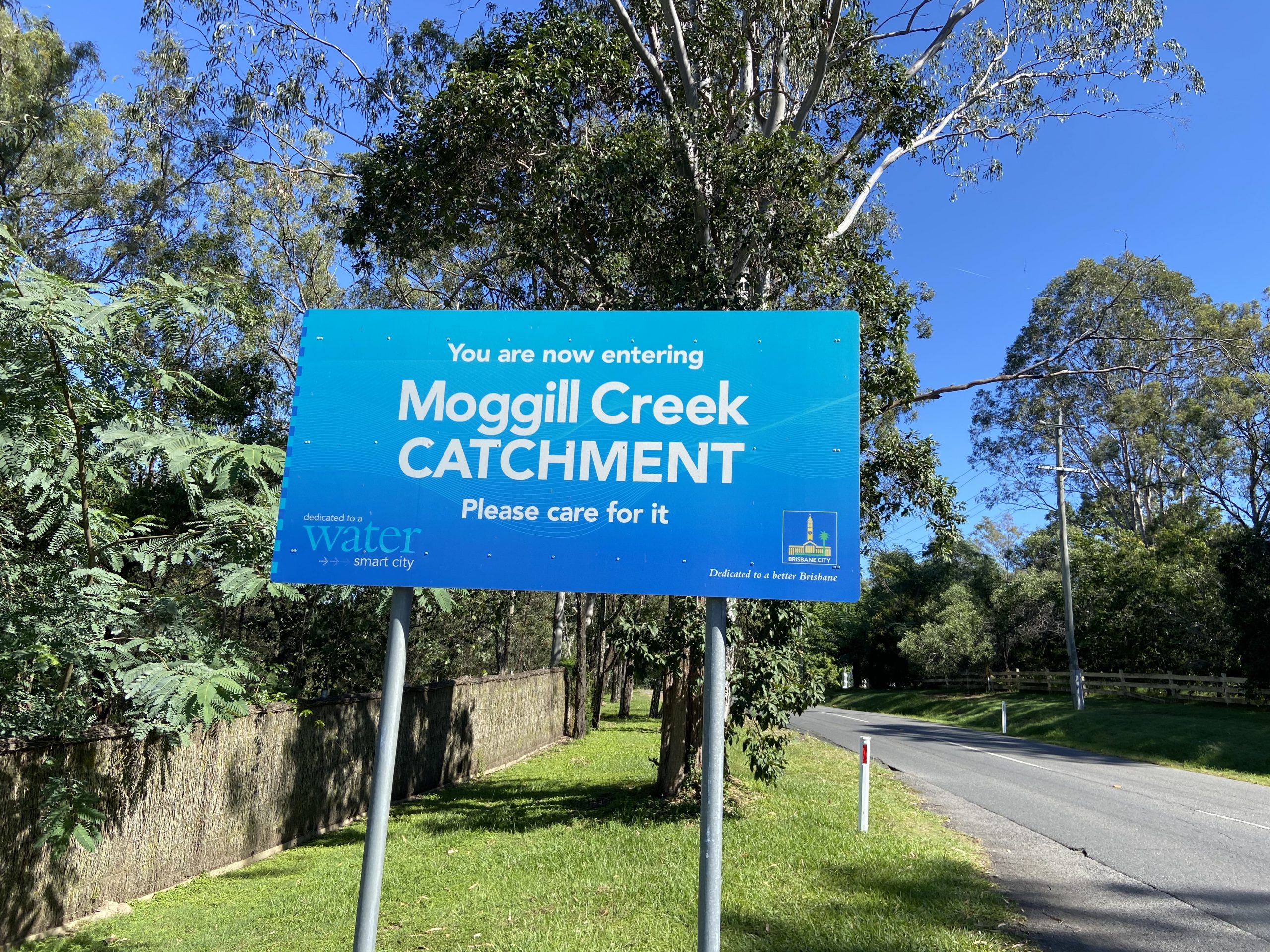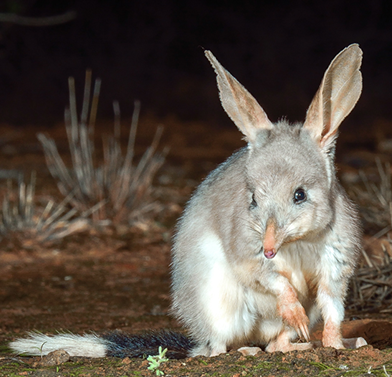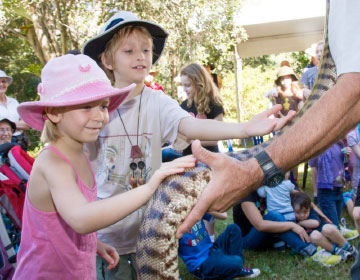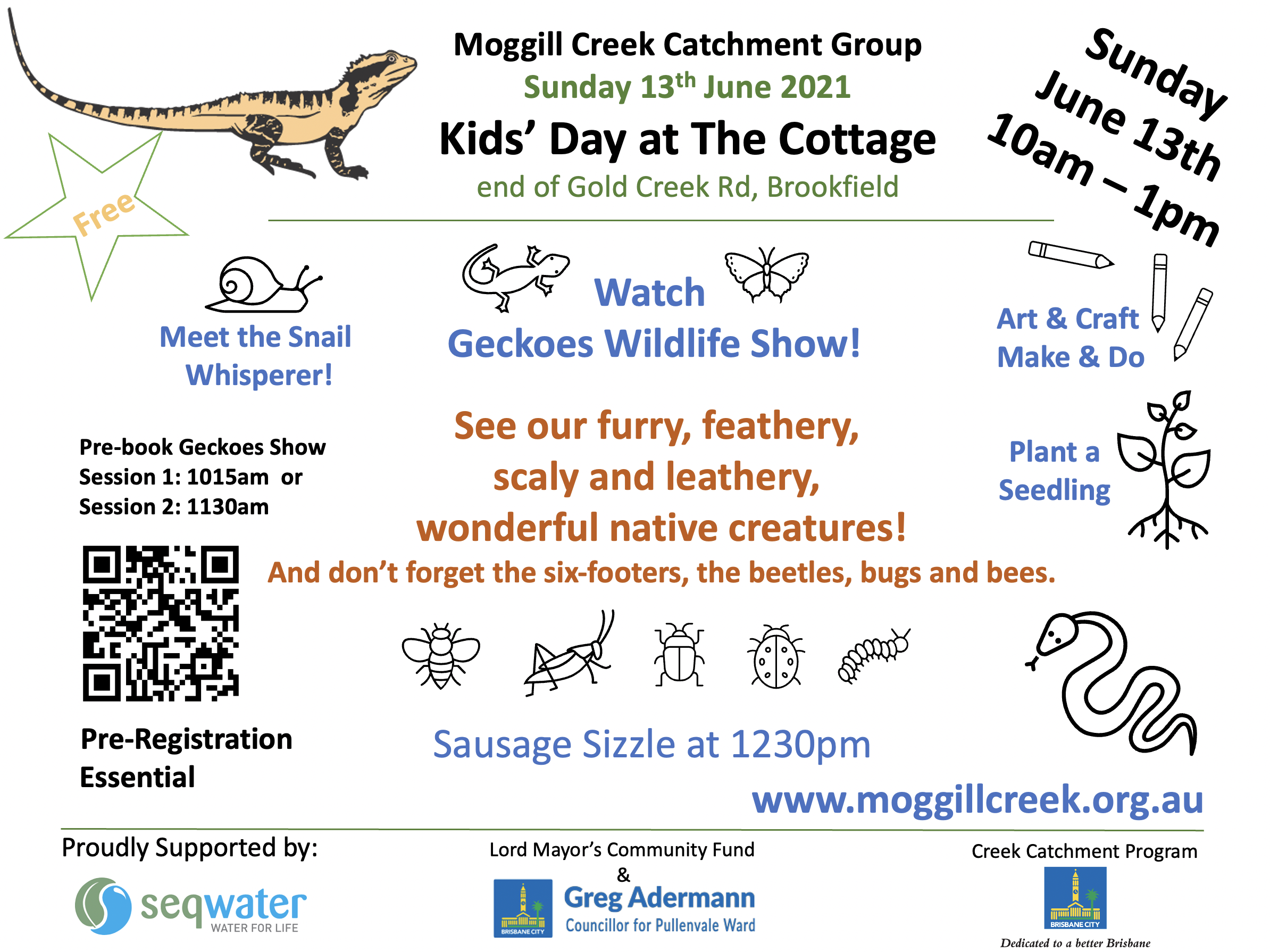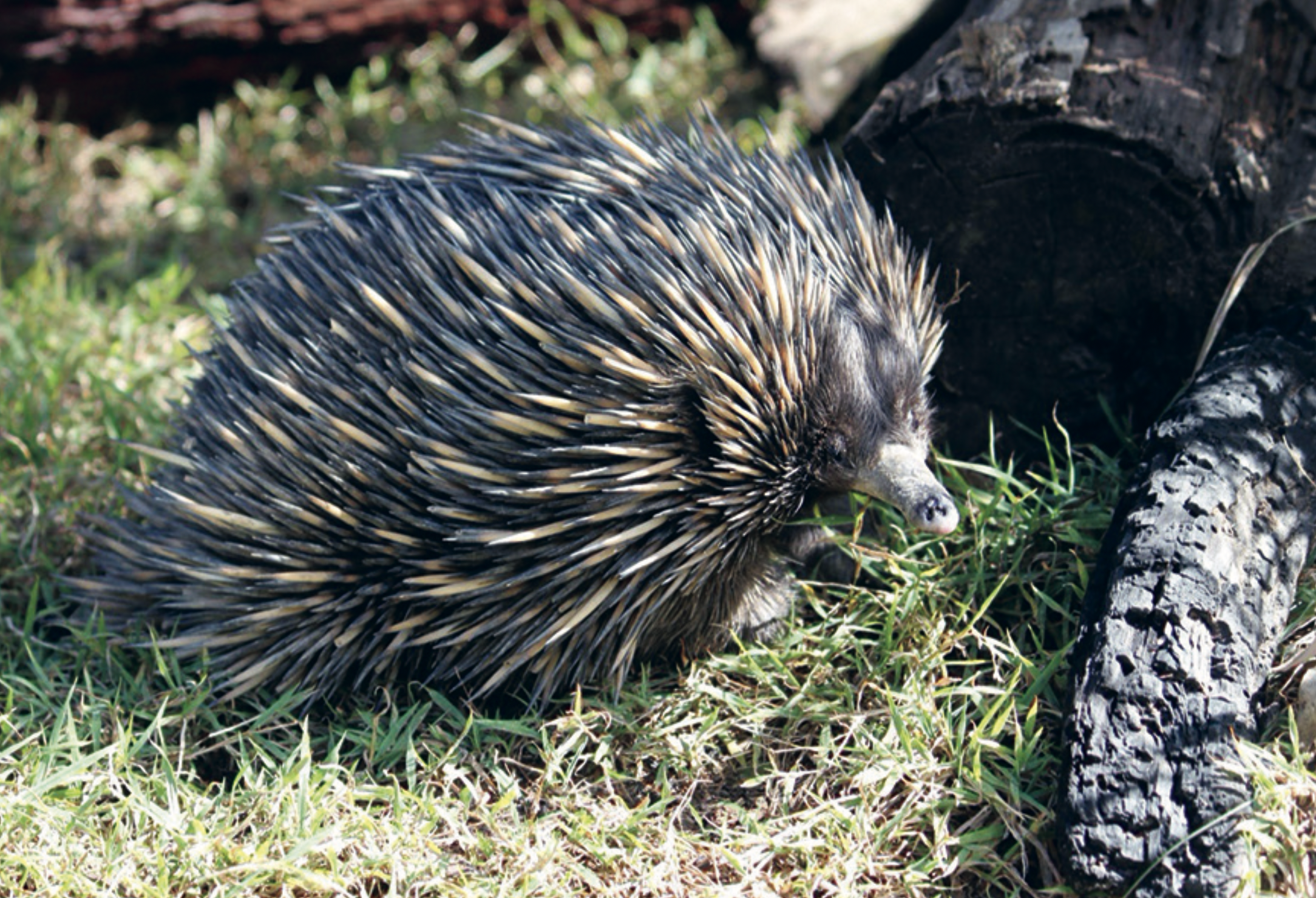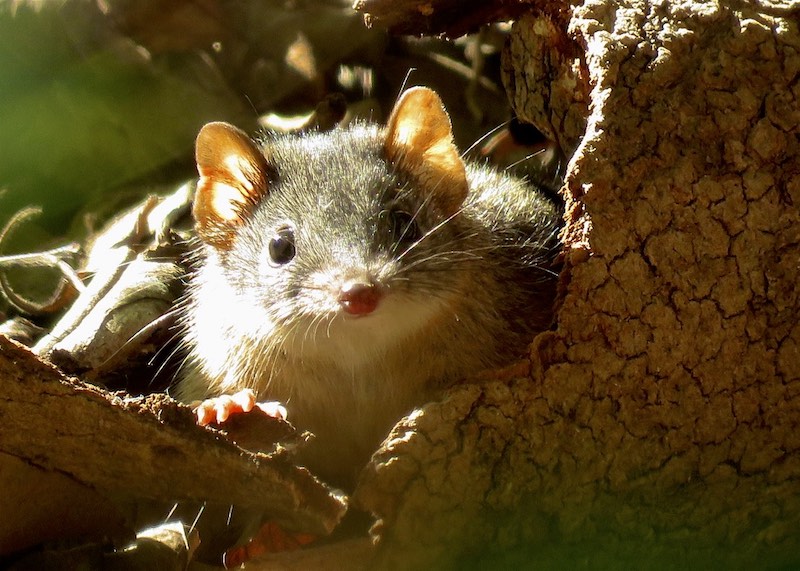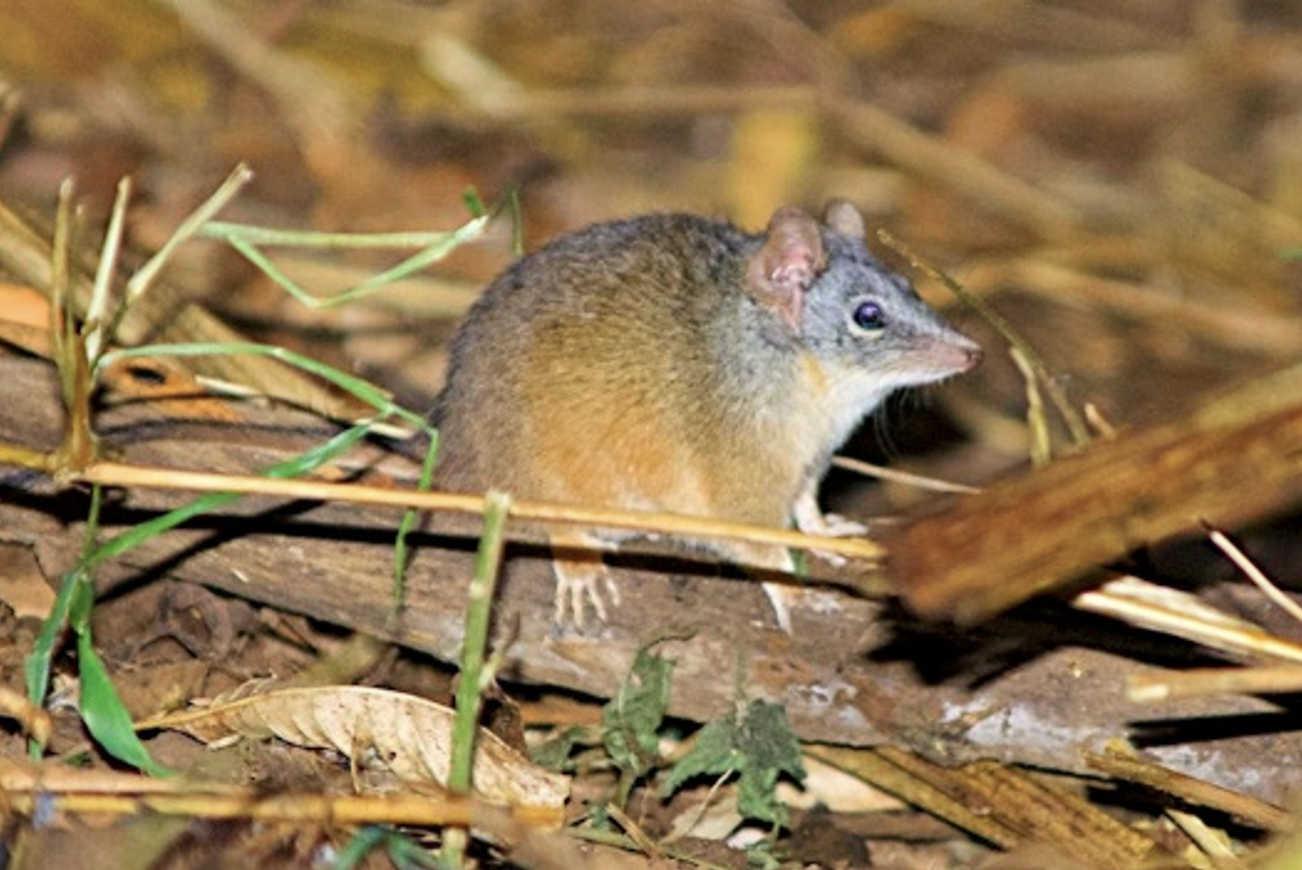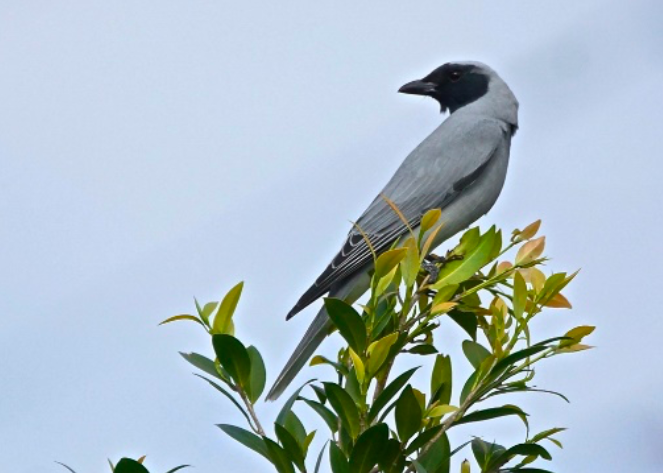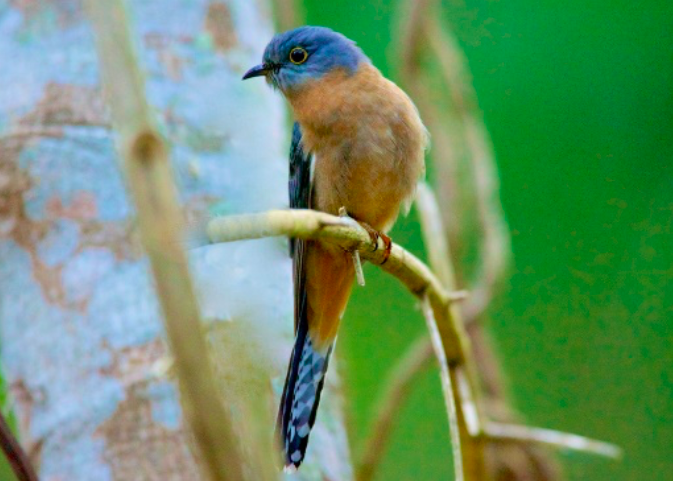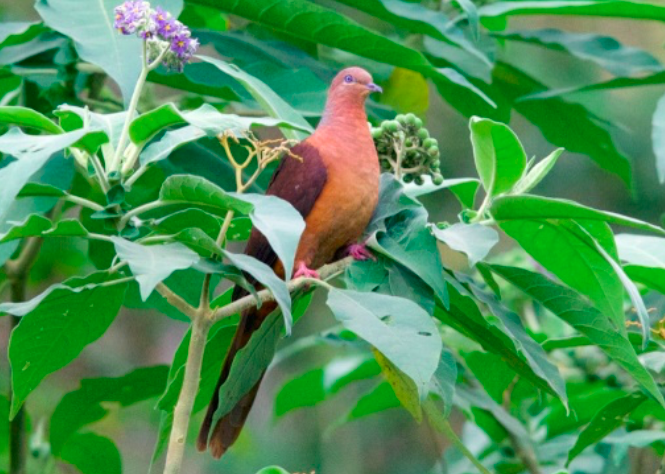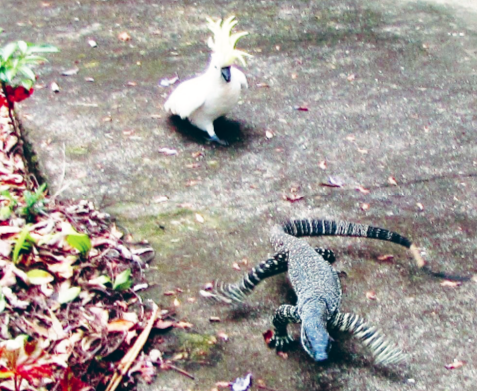Test your skills each month with MCCG’s Wildlife Identification Quiz!
You’ll find Know Your Wildlife towards the back of every month’s The Local Bulletin. Answers can be found by searching in the MCCG Catchment Field Guides.
Here is the July quiz:
CAN you identify these three native birds using the Digital Field Guides?
&
What do they have in common?
1.
Answer:
1. Rufous Fantail (Rhipidura rufifrons) – photo Ed Frazer
2. Willie Wagtail (Rhipidura leucophrys) – photo Ed Frazer
3. Grey Fantail (Rhipidura albiscapa) – photo Ed Frazer
&
These birds are all fantails – members of the genus Rhipidura.
Published in


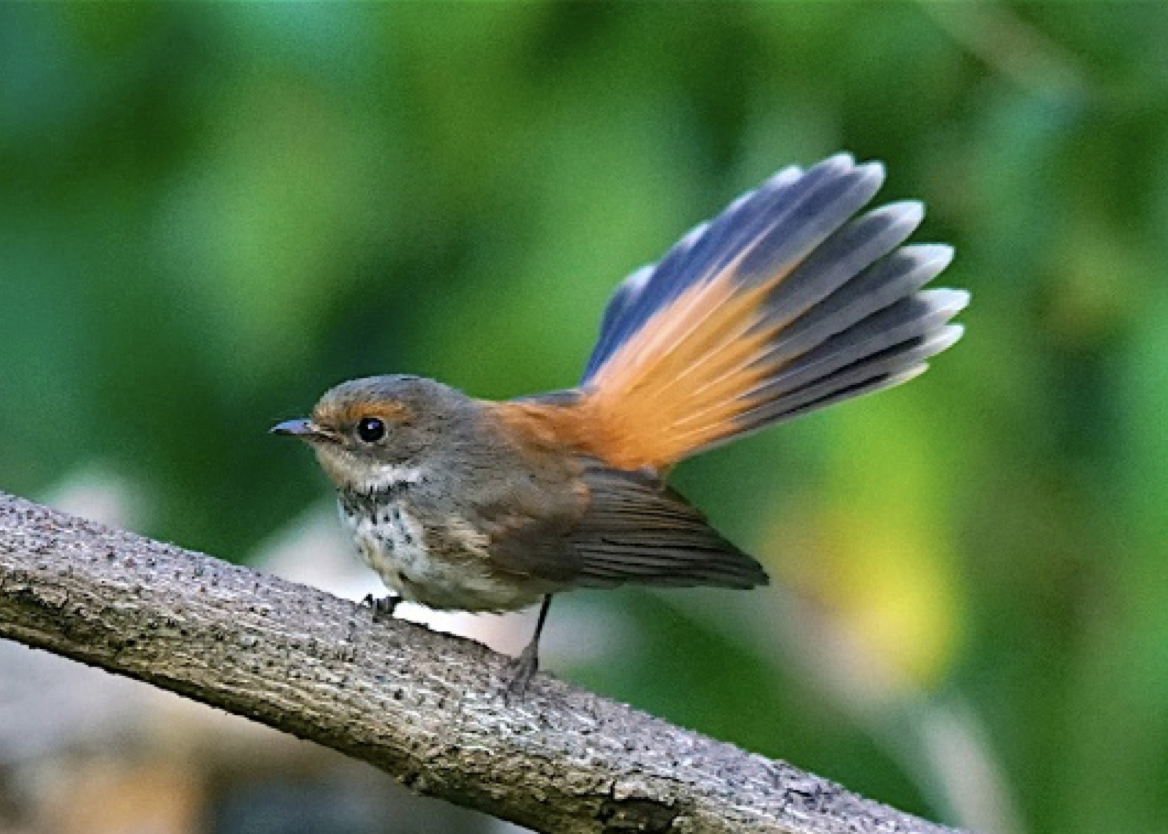
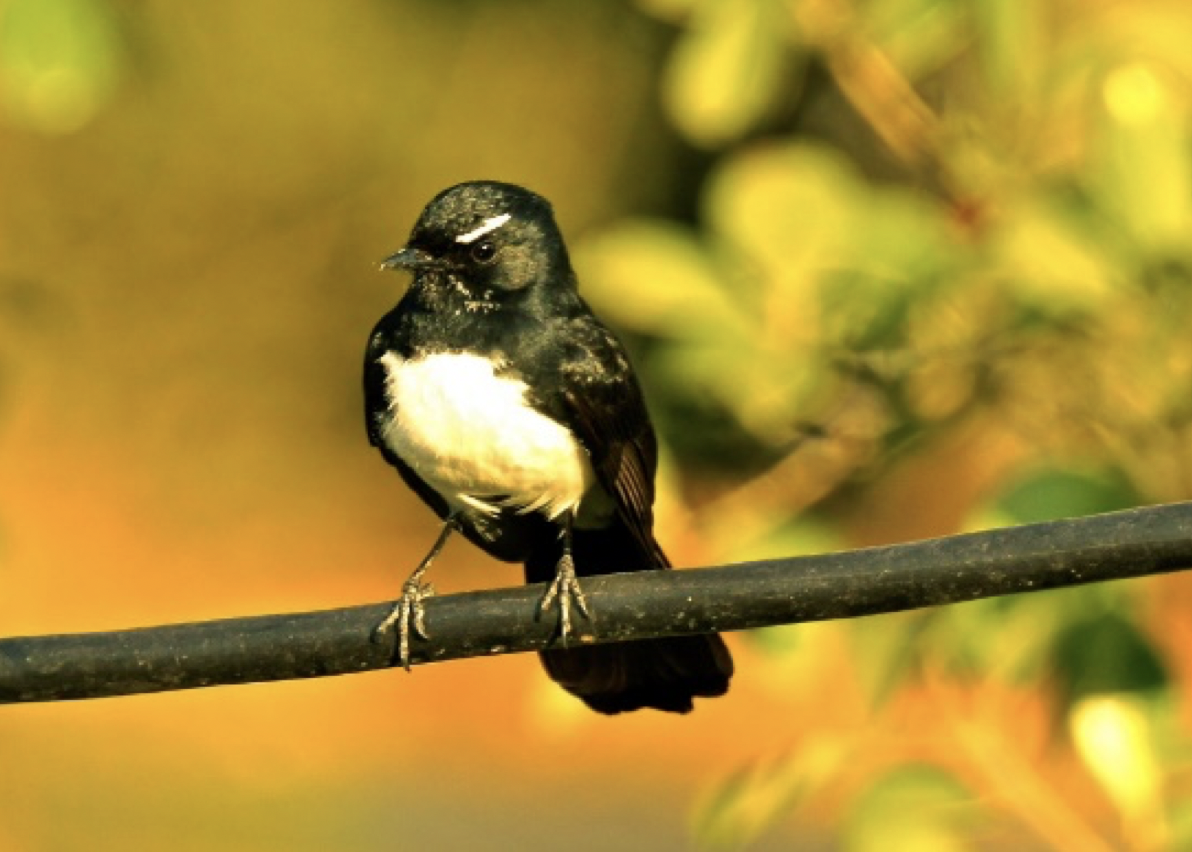
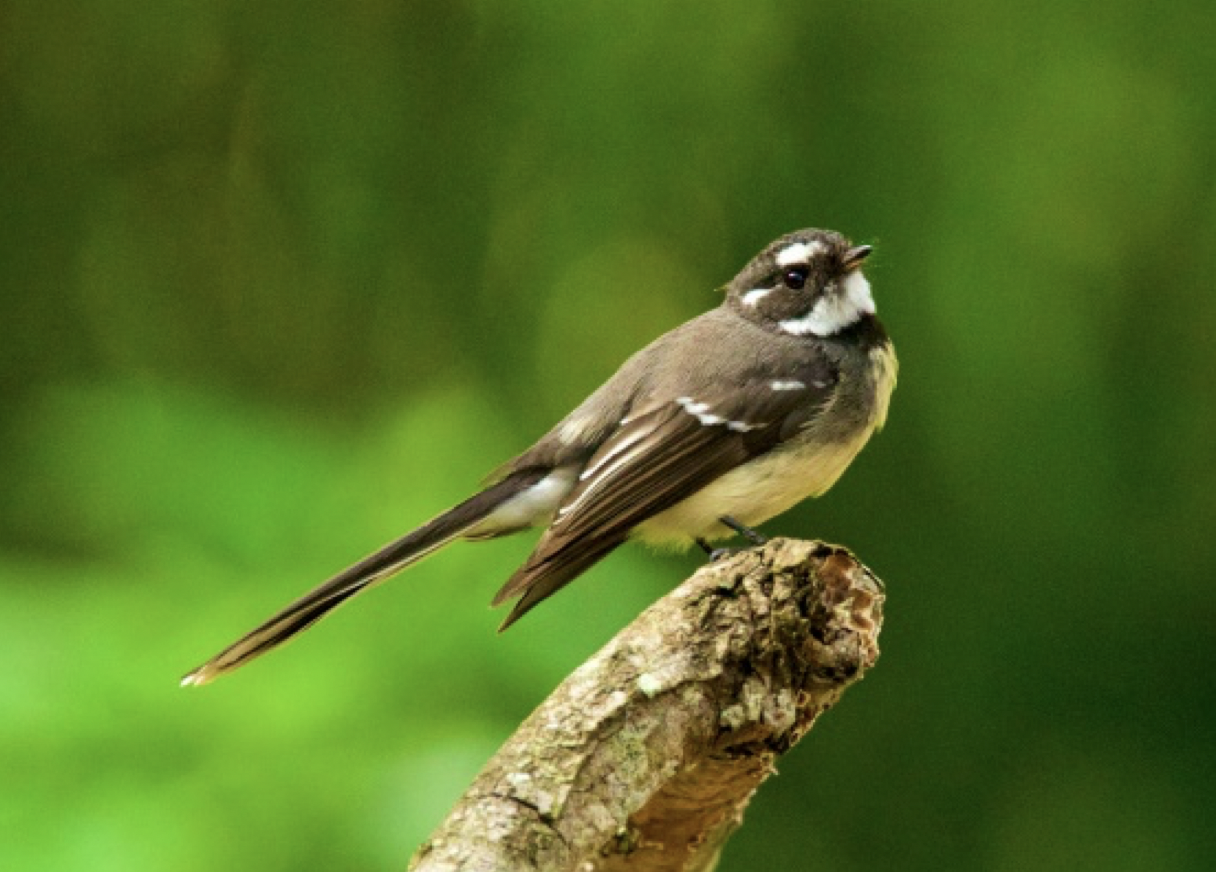
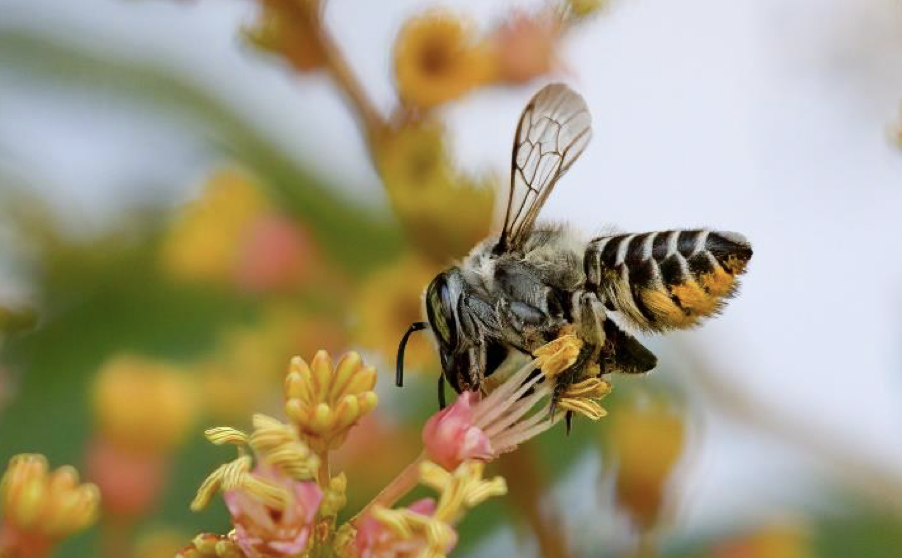
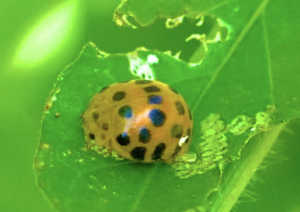 28-Spotted Ladybird showing marks where it has been rasping the surface of a Deadly Nightshade weed. The big piece cut out of the leaf was probably by a grasshopper.
28-Spotted Ladybird showing marks where it has been rasping the surface of a Deadly Nightshade weed. The big piece cut out of the leaf was probably by a grasshopper.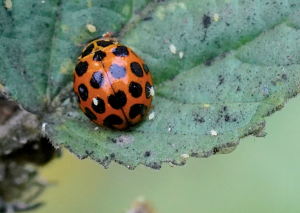 A Common Spotted Ladybird feeding on Aphids which are oblivious of the danger and even climbing over their predator.
A Common Spotted Ladybird feeding on Aphids which are oblivious of the danger and even climbing over their predator.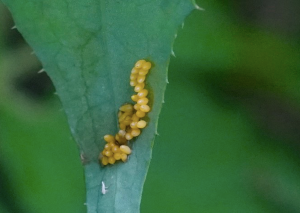 The upright standing eggs of a Three-banded Ladybird under a Milk Thistle leaf.
The upright standing eggs of a Three-banded Ladybird under a Milk Thistle leaf.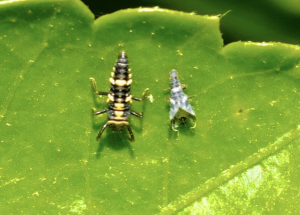 A final instar larva of the Variable Ladybird that has just shed its exoskeleton.
A final instar larva of the Variable Ladybird that has just shed its exoskeleton.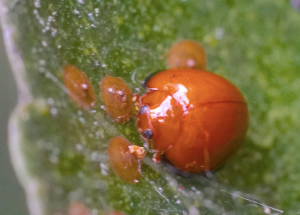 A Red Chilocoris Ladybird feeding on young scale insects on a grapefruit leaf. This species is sold for biological control of several varieties of scale in their citrus industry.
A Red Chilocoris Ladybird feeding on young scale insects on a grapefruit leaf. This species is sold for biological control of several varieties of scale in their citrus industry.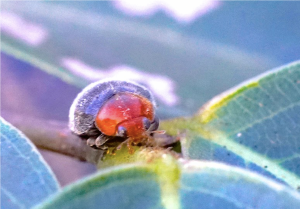 A Mealybug Ladybird on a Ficus leaf searching for mealybugs.
A Mealybug Ladybird on a Ficus leaf searching for mealybugs.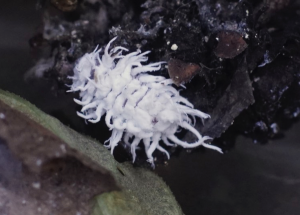 The larva of a Mealybug Ladybird, which looks almost identical to the Long-tailed Mealybug but moves much faster.
The larva of a Mealybug Ladybird, which looks almost identical to the Long-tailed Mealybug but moves much faster.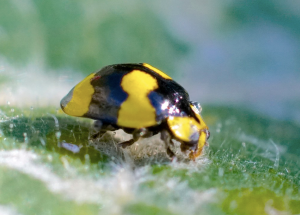 A Fungus-eating Ladybird grazing on powdery mildew under a pumpkin leaf.
A Fungus-eating Ladybird grazing on powdery mildew under a pumpkin leaf.